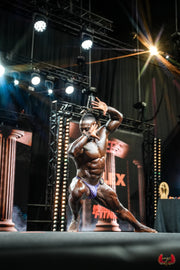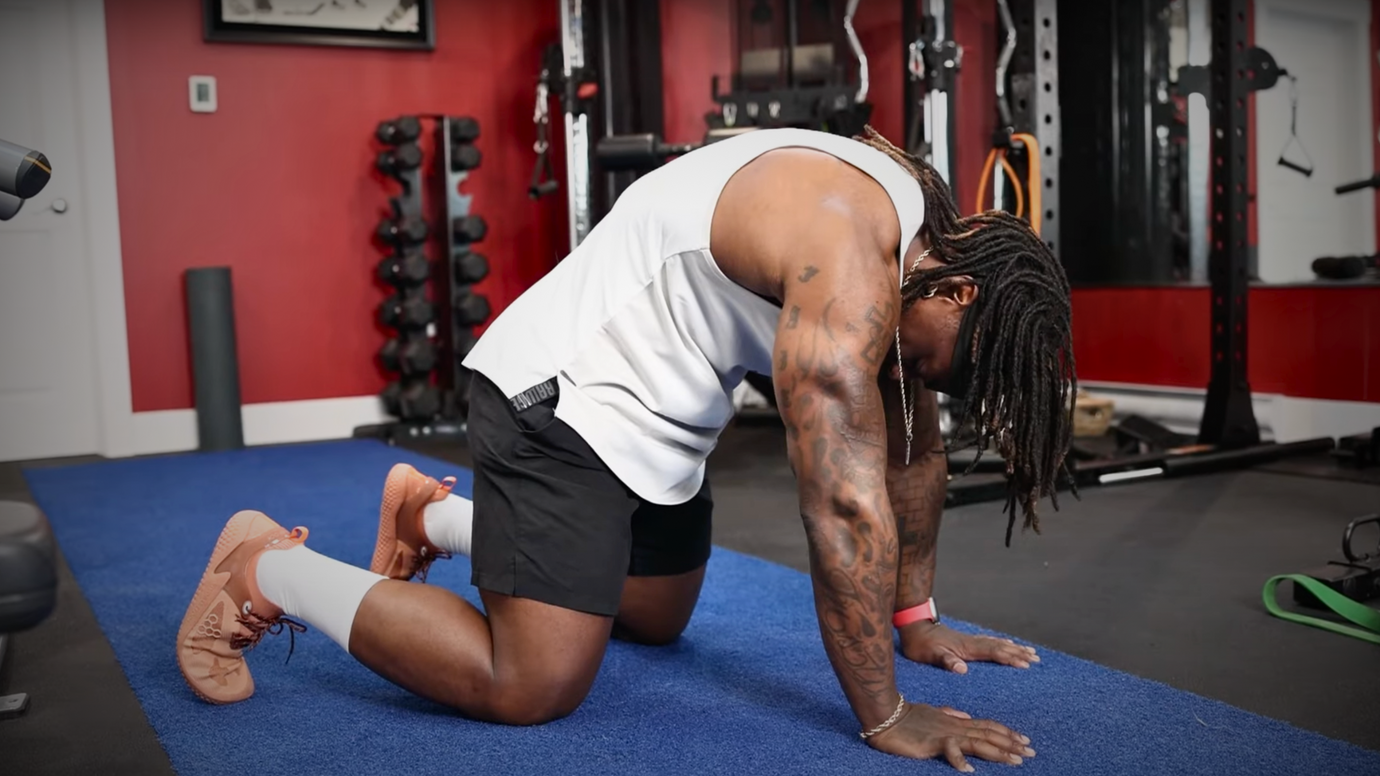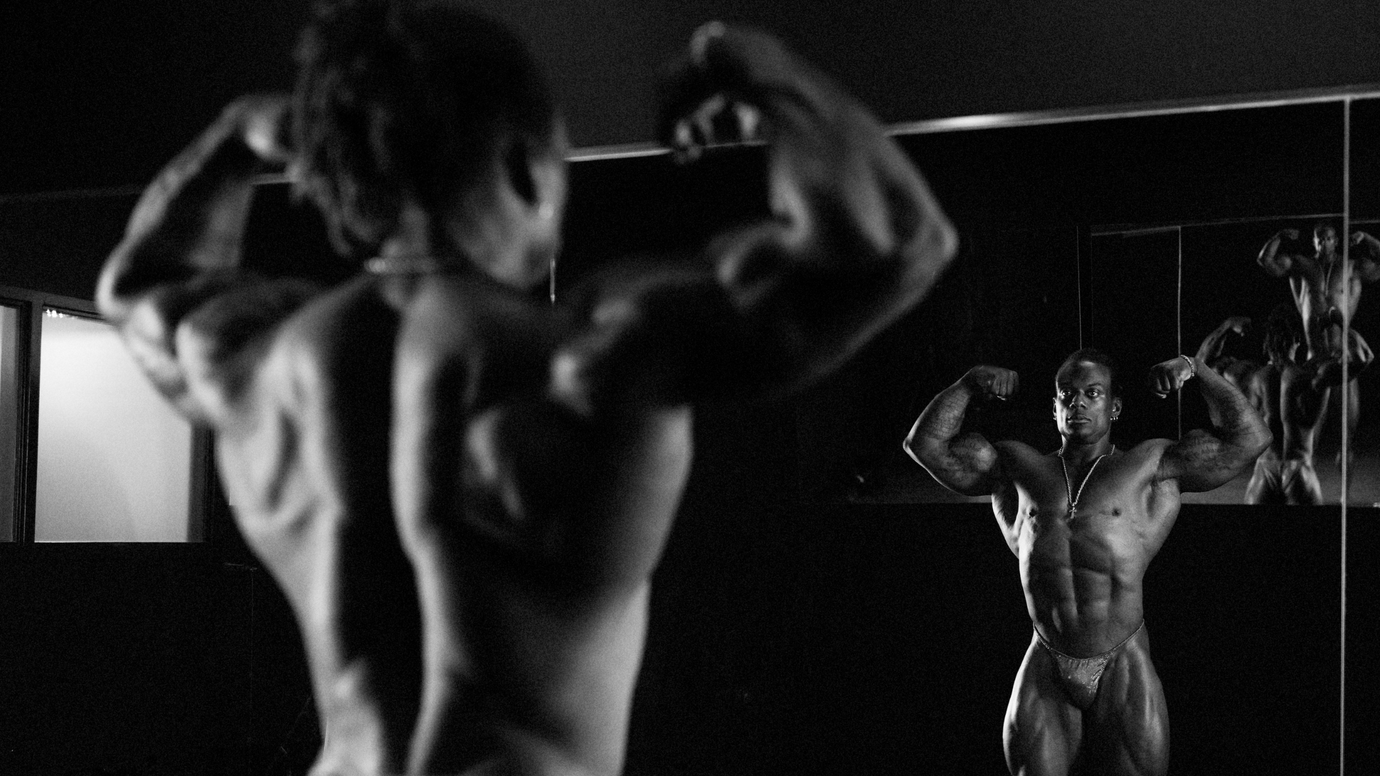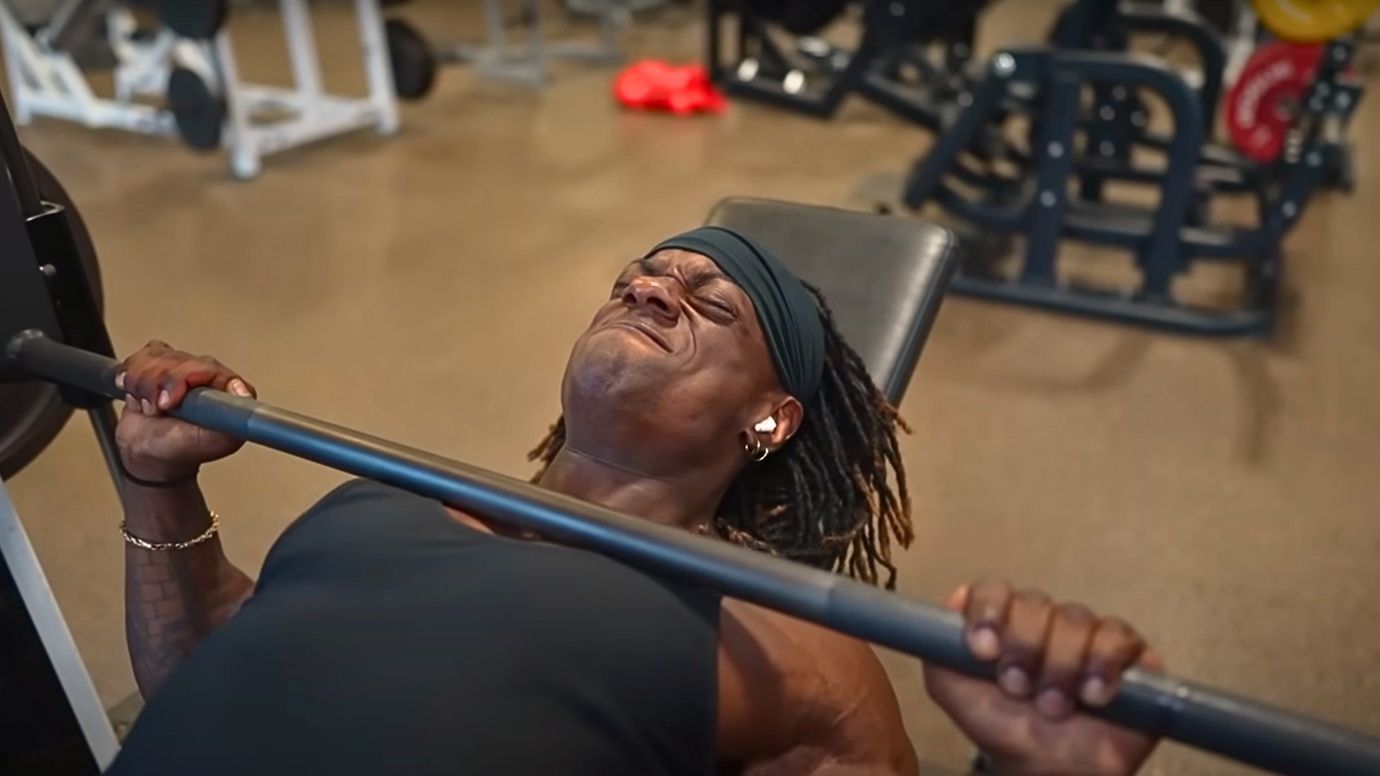Back Exercise Better Than Deadlifts: Unlocking Superior Gains
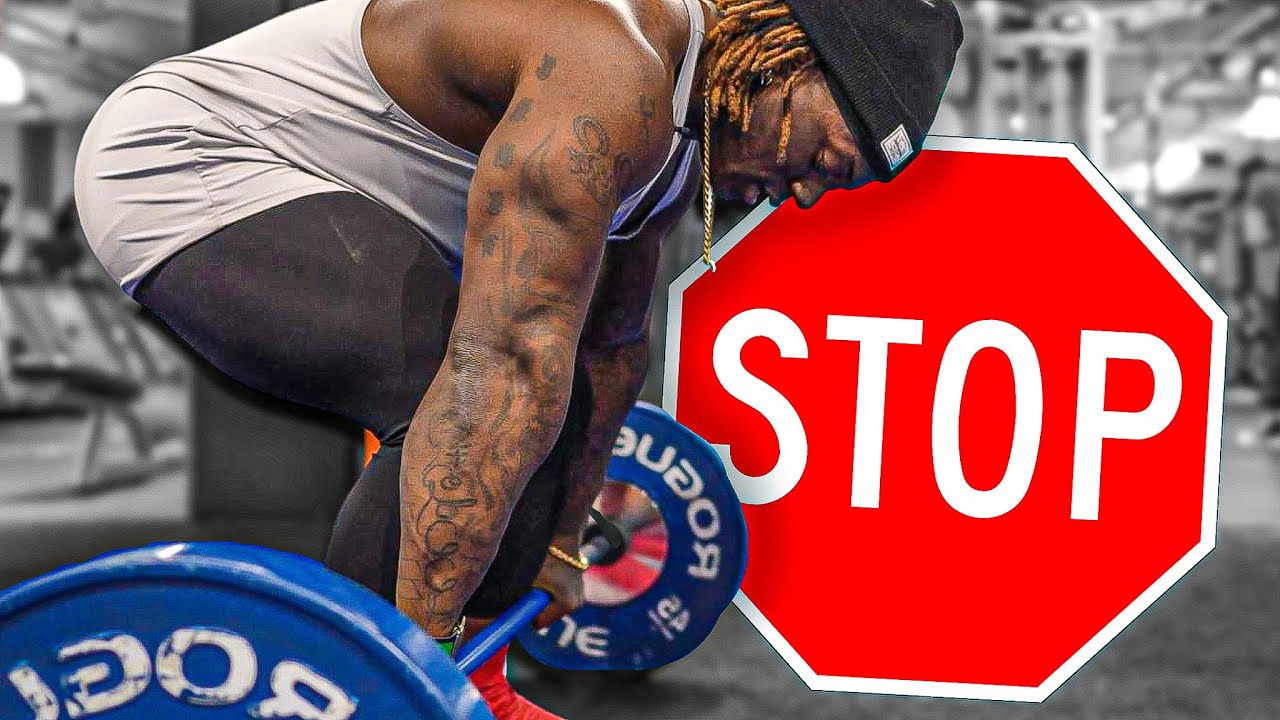
Back Exercise Better Than Deadlifts: Unlocking Superior Gains
Why Choose This Exercise Over Deadlifts for a Bigger Back?
The Mechanics of Deadlifts for Back Development
Deadlifts are a staple in back-building routines, primarily targeting the thickness over the width of the back. They engage the rhomboids, traps, lats, and erectors, essentially everything that keeps your body upright. The key aspect of deadlifts as a back exercise lies in maintaining a stiff, isometric hold in your back muscles against gravity.
The Limitations of Deadlifts
Although deadlifts are effective, they are limited by the direction of gravitational force, which only acts straight up and down. Your back muscles are in an isometric hold, but the real challenge comes when you change the orientation of your back to engage the lats more effectively.
Introducing Rack Pulls: A Superior Alternative
Rack pulls focus on the portion of the deadlift that is most beneficial for building a thicker back. Unlike full deadlifts, rack pulls allow for greater loading and range of motion, specifically targeting the upper part of the lift. This makes them more effective for muscle recruitment and back development.
How to Execute Rack Pulls for Maximum Effectiveness
-
Setting Up the Lift: Lower the bar to a challenging height, possibly using a stepper for a greater range of motion.
-
Engaging the Muscles: Emphasize shoulder depression and extension, pulling the arms to the side and down. This engages the lats in an isometric hold.
-
Performing the Lift: Approach the bar as you would in a deadlift. Engage your lats and traps from the start, maintaining tightness and control throughout the lift. Focus on pulling the weight with your back muscles, not just lifting it.
-
Repetition Technique: Use a 2-second negative and 1-second positive repetition timing, aiming for 10 to 20 reps. Gradually increase the weight or reps each week.
-
Integrating Rack Pulls into Your Routine: Consider placing rack pulls second in your back workout, following a high pull or pull-down exercise.
The Benefits of Rack Pulls Over Deadlifts
- More Focused Back Engagement: Rack pulls allow for a targeted workout on the parts of the back most responsive to growth.
- Greater Load Capacity: They enable lifting heavier weights in a more controlled manner.
- Improved Overall Back Strength: Regularly incorporating rack pulls can enhance the strength and performance in other back exercises and deadlifts.
Conclusion
For those seeking a thicker, more muscular back, integrating rack pulls into your routine can be a game-changer. They offer a focused, effective alternative to traditional deadlifts, catering to both strength and aesthetic goals. So next time you hit the gym, consider giving rack pulls a try and witness the transformative impact on your back development.
Start your fitness transformation today! Invest in your health with My The Ultimate Push Pull Legs Ebook now!


